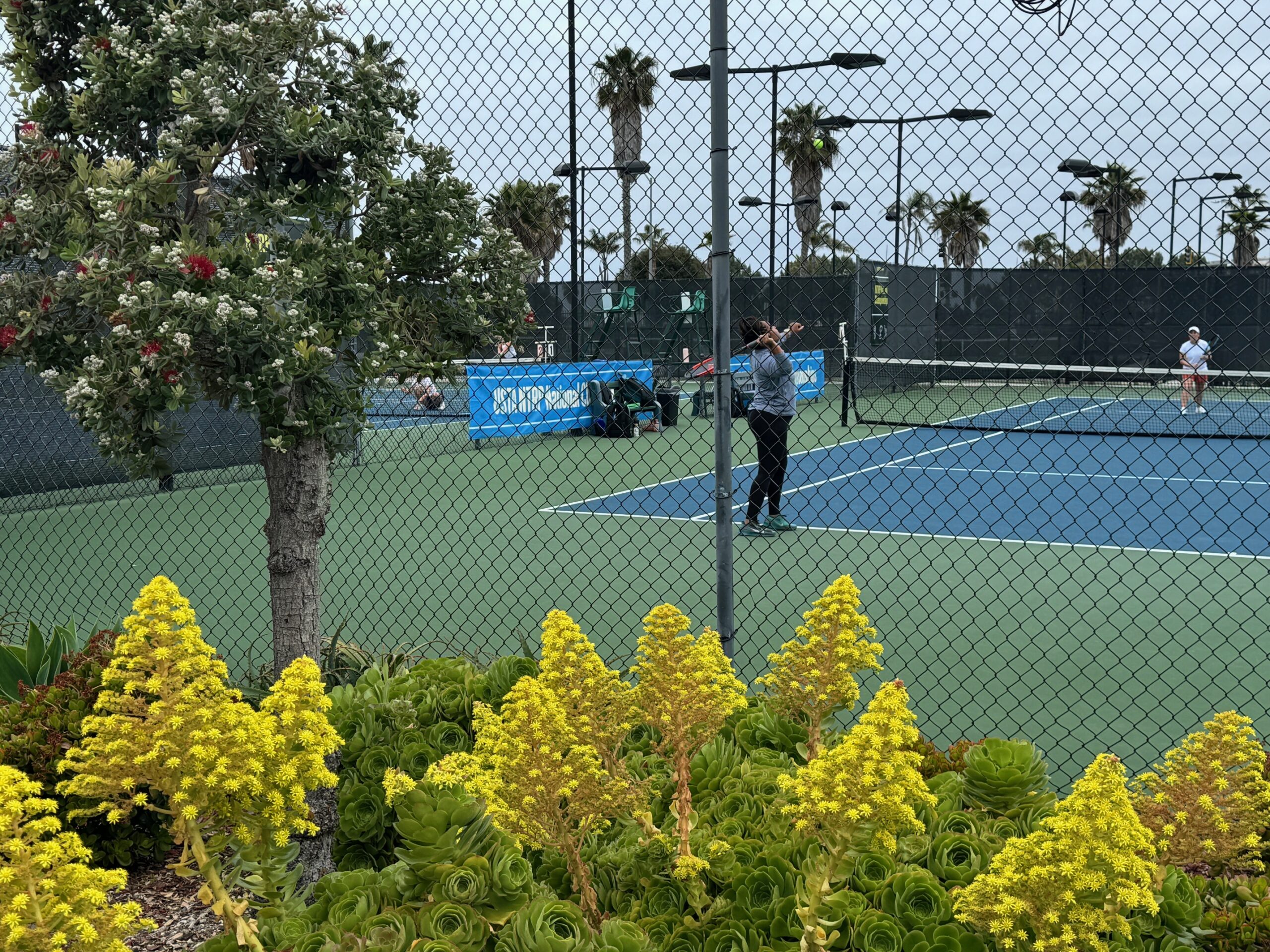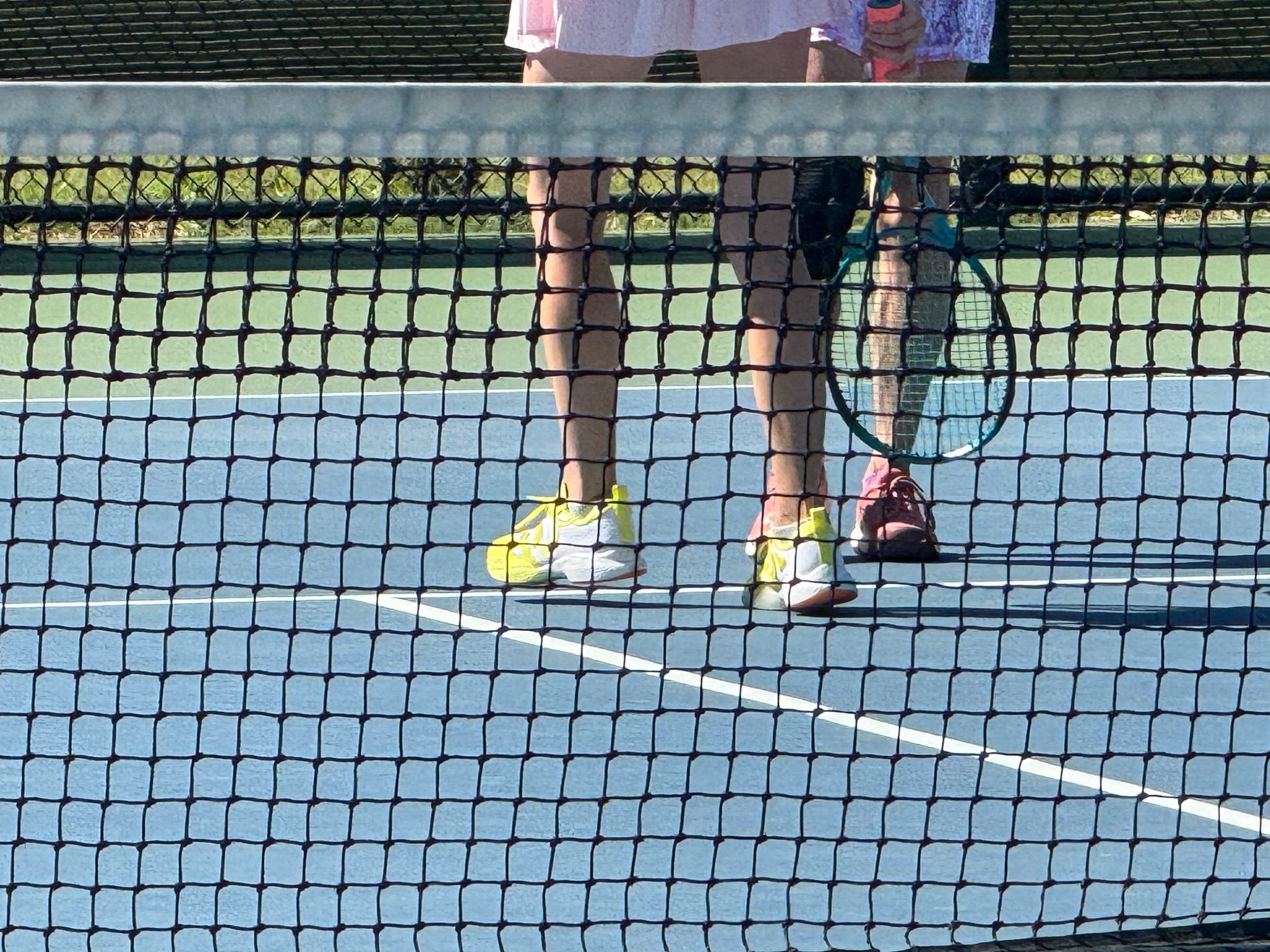Flexibility training is an under-the-radar controversial topic in tennis. The conventional wisdom prevalent during my junior playing days has been dispelled by recent scientific research. As a result, tennis players are likely to encounter advice based on a contradictory combination of old and new philosophies. However, there is general agreement that flexibility is essential for a full range of motion required for high-performance mobility and stroke production in tennis. The top players systematically train for flexibility.
While many tennis fitness tests still include evaluation of flexibility using static stretching techniques, it is not recommended for warm-up in most sports including tennis. In fact, current research suggests that static stretching prior to activity is ineffective in reducing the incidence of exercise-related injuries. Additionally, performing static stretching immediately before competing has been shown to have a negative impact on strength and muscle power performance.
However, the ITF still recommends static stretching as an essential element of tennis training. That recommendation is based on the effectiveness of increasing the range of motion and because it can be performed without the assistance of a trainer or equipment. That recommendation comes with a very important timing caveat. The ITF recommends that static stretches be performed post-exercise or in the evenings.
While static stretching involves extending a muscle to the point of discomfort and then holding it for a few seconds, dynamic stretching is based on movement. Essentially the player moves their body parts while gradually increasing the range and the speed. Examples of dynamic stretching are controlled leg and arm swings that gently take the player to the limits of their range of motion. Most trainers recommend dynamic stretching as an essential part of warming up the muscles for tennis.
This weekend’s deep dive into the “12 Habits of Highly Successful Tennis Players” focuses on off-court training. The very best players in adult tennis invest in flexibility as an essential part of their overall fitness. If you hang around a National Level tournament, you will see the players using dynamic flexibility routines as a standard part of their warm-up.
The USTA Player Development Program has published a pretty awesome video on YouTube (embedded link below) that illustrates the dynamic exercises that can be integrated into a player’s warm-up routine. It should be noted that the USTA Player Development Program also uses static flexibility testing as a part of the overall player fitness evaluation and encourages each player to include flexibility training as a part of their development plan.
Flexibility is an area where a significant opportunity for cross-training kicks in. Yoga is great for tennis players and has many benefits beyond simple flexibility gains. Breath control is a common technique for dealing with stress on the court. Meditation is at the root of positive visualization techniques. Regular yoga practice can help players become more mentally focused.
Even though it is more commonly associated with strength training, lightweight resistance bands can increase mobility and stimulate dormant muscles for flexibility. Resistance bands activate and engage major muscle groups to create tension and increase the range of motion. It produces a very similar effect as trainer-assisted Proprioceptive neuromuscular facilitation (PNF) techniques. I plan to write about PNF in more detail next Tuesday.
Finally, the good old foam roller is another way to increase flexibility and range of motion. This self-myofascial release (SMR) technique uses body weight and an object to relieve muscle tightness, soreness, and inflammation. In addition to a foam roller, other objects such as various types of balls can be used to activate the trigger points. SMR is great for the hamstrings, quadriceps, hips, calf, back, and gluteal muscles.
Tennis players who are serious about competing at their highest level of performance train for flexibility. While the range of motion of the famously flexible Novak Djokovic may not be achievable by most players, anyone can replicate the training to create significant gains. In the process, tennis performance and the likelihood of injury will be reduced.
Every tennis player should train for flexibility.
- A systematic review into the efficacy of static stretching as part of a warm-up for the prevention of exercise-related injury, Katie Small et al, Research in Sports Medicine, 2008.
- Acute Effects of Static Stretching on Muscle Strength and Power: An Attempt to Clarify Previous Caveats, Helmi Chaabene et al, Frontiers in Physiology, November 2019.
- Tennis Science: Flexibility Training, International Tennis Federation, April 3, 2020.
- Competitive Training Center (CTC) Manual, United States Tennis Association (USTA) Player Development Program, February 27, 2008.



